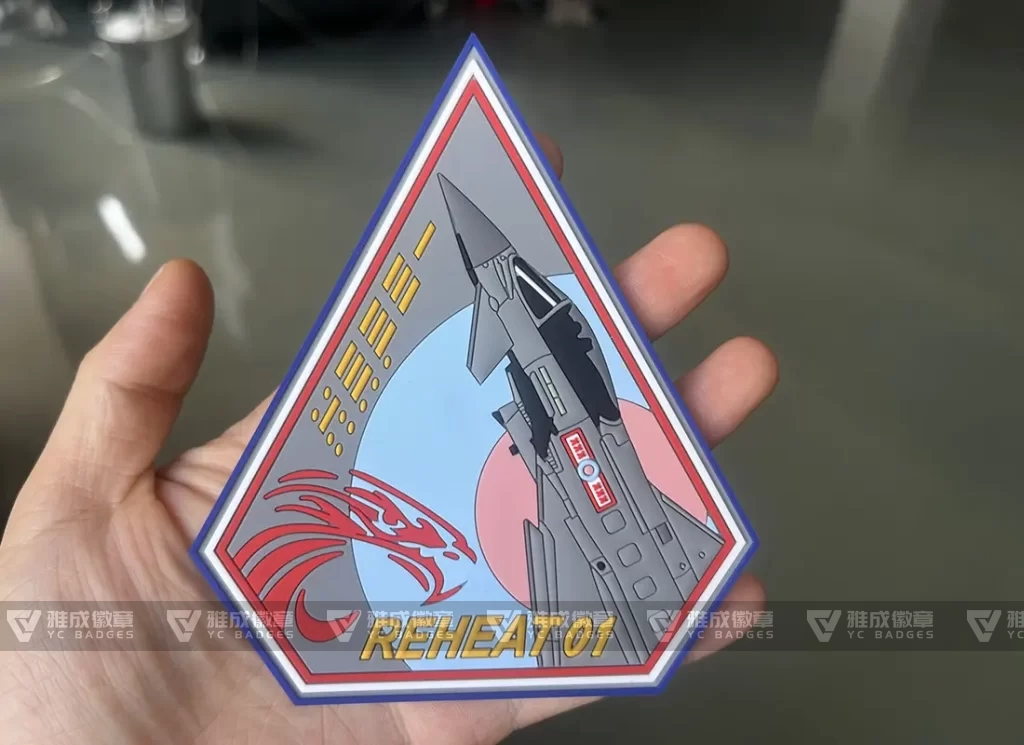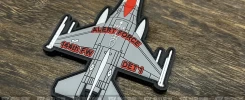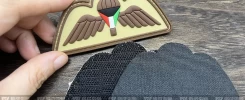
What Makes Air Force Uniform Patch So Special? Uncover the Secrets
The patches adorning Air Force uniforms are far more than simple adornments. They are symbols rich in history, identity, and significance, each carrying a unique story that contributes to the pride and esprit de corps of the Air Force community. Let’s delve into what makes these patches so special.
Historical Significance
Tracing the Roots
Air Force uniform patches have a long – standing history that dates back to the early days of aviation in the military. These patches initially served as a means of identification, helping to distinguish between different units, squadrons, and even national air forces. As time progressed, they evolved to become a visual representation of an airman’s journey, from the training they underwent to the battles they participated in.
For instance, during World War I, when air combat was emerging as a crucial aspect of warfare, the first – generation patches were simple yet functional. They often featured basic symbols related to flight, such as wings or propellers, along with unit designations. These early patches laid the foundation for the more elaborate and meaningful designs that would follow.
Commemorating Milestones
Over the years, Air Force patches have been used to commemorate significant events and milestones. Whether it’s the anniversary of a particular airbase, the successful completion of a major mission, or the introduction of a new aircraft type, patches serve as a lasting memento. For example, a patch might be designed to mark the 50th anniversary of an air force’s participation in a historic battle. Such patches not only honor the past but also educate new generations of airmen about the rich heritage of the Air Force.
Symbolism and Identity
Unit – Specific Symbols
Each Air Force unit has its own unique patch, which is a visual manifestation of its identity. These patches are filled with symbols that represent the unit’s mission, values, and heritage. A fighter squadron, for example, might have a patch featuring a fierce – looking eagle, symbolizing power, speed, and the unit’s ability to strike from above. The colors used in the patch can also carry meaning. Dark blue might represent the sky and the vastness of the air domain, while red could symbolize courage and sacrifice.
Individual and Collective Pride
Wearing an Air Force uniform patch is a source of both individual and collective pride. For an airman, it represents their personal achievement in being part of the Air Force and their specific unit. It’s a visible sign of the hard work, dedication, and training they’ve put in. On a collective level, the patches create a sense of unity among airmen. When they see their comrades wearing the same patch, it reinforces the feeling of being part of a team with a shared purpose, whether it’s protecting the nation’s airspace or conducting humanitarian missions.
Design and Craftsmanship
Intricate Design Elements
Air Force uniform patches are often characterized by their intricate and detailed designs. Designers spend a great deal of time researching and incorporating meaningful elements into the patches. From the precise rendering of aircraft silhouettes to the careful placement of unit insignias, every detail matters. For example, a patch for a reconnaissance unit might include a detailed satellite image – like pattern, along with the unit’s logo, to represent their mission of gathering intelligence from the air.
High – Quality Craftsmanship
The craftsmanship that goes into creating Air Force patches is of the highest standard. Patches are typically made from durable materials, such as embroidered cloth, PVC, or metal, depending on the design and intended use. The stitching on embroidered patches is done with precision to ensure that the design remains intact even after extensive wear and washing. In the case of PVC patches, the molding process is carefully executed to bring out the three – dimensional details. This attention to quality not only ensures the longevity of the patch but also enhances its visual appeal.
Adaptability and Evolution
Changing Missions and Technologies
As the Air Force’s missions and technologies evolve, so do the uniform patches. With the advent of new aircraft, such as stealth fighters and unmanned aerial vehicles, patches have incorporated these new elements to reflect the changing nature of air warfare. For example, a patch for a unit operating drones might feature a sleek, modern – looking drone design, along with symbols representing the advanced technology and precision required for their operation.
Cultural and Global Influences
Air Force patches also reflect cultural and global influences. In an increasingly interconnected world, air forces often collaborate with international counterparts. This can be seen in patches that incorporate elements from different cultures or use symbols that are universally recognized. For instance, a patch for an international peace – keeping mission might include symbols from various participating countries, symbolizing unity and cooperation.
In conclusion, Air Force uniform patches are special due to their deep – rooted historical significance, powerful symbolism, intricate design, high – quality craftsmanship, and their ability to adapt and evolve. They are not just pieces of fabric or metal but a vital part of the Air Force’s identity, representing the pride, heritage, and mission of those who serve in the skies.
Get A Quote from YC Badges Limited Today
YC Badges is a high-quality Chinese badge custom manufacturer with 13 years of experience. Send your ideas to us, and we will turn them into reality.


